Historical Timeline
Brief History of the Central Police Station Compound
With a rich history dating back to the mid-19th century, the site comprises some of the earliest structures built under British colonial rule. Through the generations, the site has constantly evolved to meet the needs of Hong Kong law enforcement requirements.
The site is a unique cluster of relatively low-rise buildings sitting in a prime location in the heart of Central, Hong Kong. Its significance was officially recognised in 1995 when the former Central Police Station, the Central Magistracy and the Victoria Prison were listed as Declared Monuments.
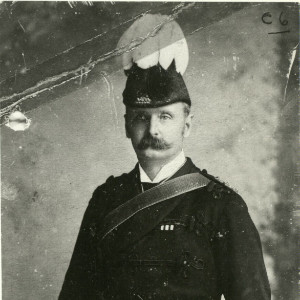 Photo Credit:Public Records Office, Government Records Service
Photo Credit:Public Records Office, Government Records Service
Captain William Caine was appointed Chief Magistrate to establish law and order and oversee the construction of the first magistracy and prison in Hong Kong.
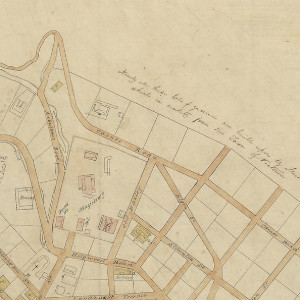 Photo Credit:The National Archives
Photo Credit:The National Archives
The Colonial Police Force was officially established. Charles May was appointed Superintendent of Police and suggested the reconstruction of gaols and a new magistracy.
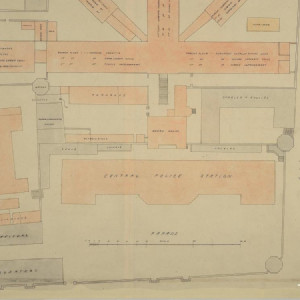 Photo Credit:The National Archives
Photo Credit:The National Archives
Prison overcrowding due to an increase in population and crime led to the redevelopment of Victoria Gaol based on a radial plan.
The Colonial Police Force expanded and the first-generation Central Police Station was moved from Wellington Street to the site. By 1864, the construction of the Barrack Block was completed. The site began to serve the functions of police station, magistracy and prison, forming an integrated law enforcement system.
In 1893, Governor Sir William Robinson approved a further prison extension. New buildings were added and part of the Victoria Gaol’s radial-plan prison was demolished in 1897 and 1901 respectively, leaving a T-shaped prison building.
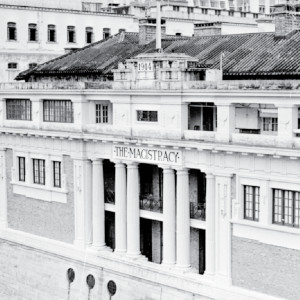 Photo Credit:Public Records Office, Government Records Service
Photo Credit:Public Records Office, Government Records Service
The Central Magistracy was reconstructed between in 1914. The new building housed two courtrooms and opened for its first hearing in April 1915.
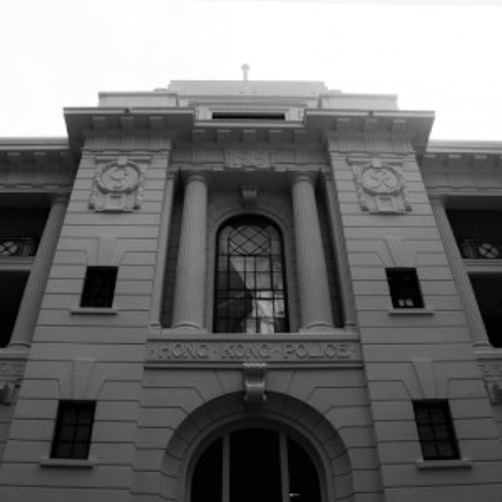 Photo Credit:Photo Credit: Antiquities and Monuments Office
Photo Credit:Photo Credit: Antiquities and Monuments Office
A new Police Headquarters Block was constructed. The façade facing Hollywood Road was designed with details to reflect a sense of authority.
Prisons came under the charge of the newly established Prisons Department.
Former Vietnamese leader, Ho Chi-minh, was arrested in Hong Kong and was held in Victoria Gaol.
Victoria Gaol was briefly closed in 1937 after the prisoners were transferred to the newly-built Stanley Prison. It reopened in 1939 and part of the Victoria Gaol was turned into the Victoria Remand Prison.
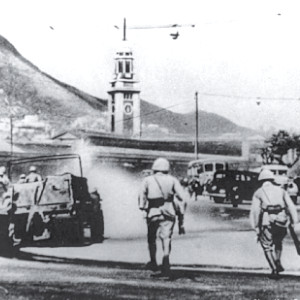 Photo Credit:Public Records Office, Government Records Service
Photo Credit:Public Records Office, Government Records Service
The compound suffered severe bomb damage in December 1941 and was subsequently used by the Japanese military until the end of WWII.
The former Central Police Station, the Central Magistracy and the Victoria Prison reopened after post-war repairs and construction.
During the 1967 Riots, riot companies were mobilised to respond to emergencies all over Hong Kong Island. A control room was set up at the former Central Police Station to make arrangements for everyday needs such as food, rest, accommodation and duty assignments. Many riot-related cases were tried at the Central Magistracy and the Victoria Remand Prison served as a place of detention.
Victoria Remand Prison was functionally changed into Victoria Reception Centre in 1967. A decade later, with the opening of Lai Chi Kok Reception Centre, Victoria Reception Centre returned to its original function and was renamed Victoria Prison.
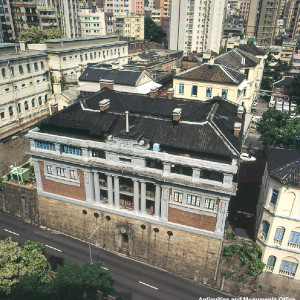 Photo Credit:Antiquities and Monuments Office
Photo Credit:Antiquities and Monuments Office
The Central Magistracy was decommissioned in 1979. The building was converted into the Supreme Court Annex in 1980. In 1984, the Central Magistracy building ended its judiciary function. Later, the building was used by both the Police and the Immigration Department.
Due to the influx of illegal immigrants from the Mainland, the government put an end to the “Touch-base" Policy, with a grace period between 24 and 26 October, meaning illegal immigrants could no longer obtain the right of abode in Hong Kong afterwards. Victoria Immigration Centre was set up on 27 October in the compound to process immigration offenders.
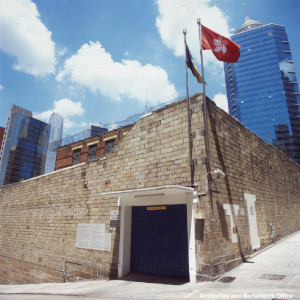 Photo Credit:Antiquities and Monuments Office
Photo Credit:Antiquities and Monuments Office
The Prisons Department was renamed as the Correctional Services Department. Rehabilitation then became one of the main foci of correctional services. In 1984, Bauhinia House, which had once been a watchtower in the 19th century, was converted into a half-way house for women inmates under supervision.
The former Central Police Station, the Central Magistracy, and the Victoria Prison were listed as Declared Monuments under the Antiquities and Monuments Ordinance.
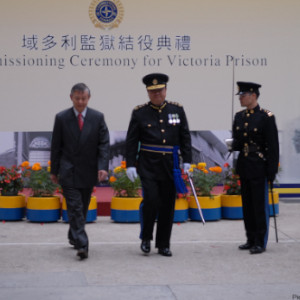 Photo Credit:Correctional Services Department
Photo Credit:Correctional Services Department
The former Central Police Station was decommissioned in 2004, followed by the Victoria Prison in 2006.
In 2008, The Government of the Hong Kong SAR and The Hong Kong Jockey Club announced a not-for-profit plan to revitalise the Central Police Station compound.
The Jockey Club CPS Limited was set up as a non-governmental organisation (NGO) to operate the revitalised Central Police Station compound, under the trading name of Tai Kwun.
Tai Kwun started the Oral History Collection Project, interviewing retirees who had worked in the compound and people who were closely related to the site, such as members of the Central-Western District neighbourhood.
In May 2018, Tai Kwun — Centre for Heritage and Arts opened to the public in phases.
Tai Kwun receives the Award of Excellence in the 2019 UNESCO Asia-Pacific Awards for Cultural Heritage Conservation.